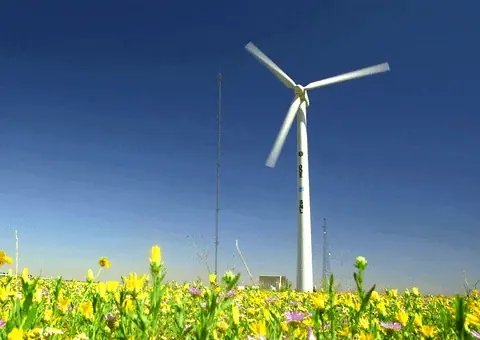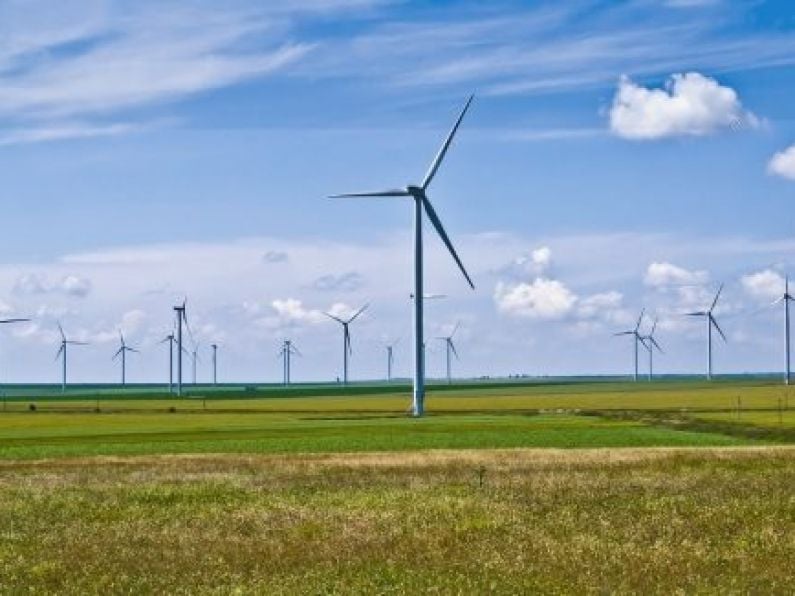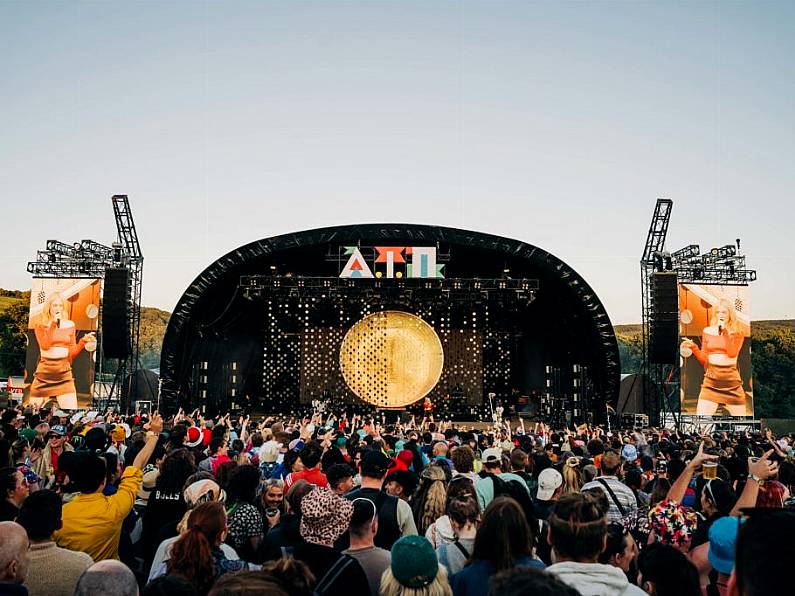When it comes to the subject of energy, the remaining months of 2019 have already signalled a winter of discontent.
Petrol and diesel have risen sharply at the pumps, led by significant increases in heating oil, and possibly more of the same to come. As Ireland enjoyed an Indian summer last week, the price of Brent crude oil posted its biggest one-day gain since the 1990 Gulf crisis, on the back of the attacks on Saudi's oil facilities.
Given the recent arrival of a perfect storm through global warming and Middle East political instability, the impetus to embrace cleaner energy sources grows more pressing with every month. In this regard, our nation’s geographical position on the edge of Europe makes an eloquent case for a serious development of our wind energy resources, both environmentally and commercially. Ireland currently has just a single offshore wind farm, GE Energy's Arklow Bank, built in 2004, located off the Wicklow coast with a generating capacity of 25 megawatts.
"Our industry is ready, willing and able to deliver the 3,500 megawatts of offshore wind energy by 2030 required in the Climate Action Plan," said David Connolly, CEO of the Irish Wind Energy Association (IWEA).
It may be more than ten years to 2030 but that’s a very short space of time to build an offshore wind industry from scratch and there is absolutely no time to waste
- he said.
IWEA is the representative body for the Irish wind industry, employing more than 4,000 people. In 2018, wind provided 85% of Ireland’s renewable electricity and 30% of our total electricity demand, and is the second greatest source of electricity generation after natural gas.
Ireland is one of the leading countries in its use of wind energy and third place worldwide in 2018, after Denmark and Uruguay. In addition, the first three months of 2019 saw wind providing 37% of our electricity needs. That said, a sense of urgency is required across the political system to capitalise on our natural advantages for wind power, and delivering a realistic chance of hitting the 2030 target of providing 70% of our electricity from renewables.
"It is excellent news that the Irish Government is ramping up its ambition on renewables, aiming for 70% renewable electricity by 2030, up from 55%," said Wind Europe’s head of advocacy and messaging, Viktoriya Kereleska.
"The Irish Sea offers excellent conditions for offshore wind with strong and stable winds, so it makes sense to make the most of this resource. Ireland is showing the way - not only in its ambition on renewables - but also the policies to make this ambition a reality. Other countries should take note," she said.
Demonstrating the strides that can be made in this developing field, the North earlier this month announced it had reached its 2020 target early. With 44% of its electricity having come from renewables between July 2018 and June 2019, it is the first time the 40% target has been achieved in Ireland over a full year.
On a global basis, the overall capacity of all wind turbines installed worldwide by the end of 2018 reached 597 gigawatts, covering close to 6% of the global electricity demand, according to statistics published by the World Wind Energy Association earlier this year.
China is, by far, the largest wind power market, followed by the US.

"The global transformation of the energy system towards renewable energy is on its way, and wind power is a major force in this development, having become a major pillar of power supply throughout the world," said Stefan Gsänger, WWEA Secretary General.
Internet giant Amazon announced last month it is to invest in a second wind energy project in Ireland. Based in Cork, it will provide over 23 megawatts of renewable capacity, generating 68,000 megawatt hours of clean energy annually. Construction on the project will begin later this year and the wind farm is expected to be in operation by 2020.
The company’s first Irish wind energy project, at Meenbog in Donegal, was announced in March. The electricity generated by the farms will be supplied to Amazon’s web services data centres in Ireland, providing cloud-based services to businesses all over the world.
"Major investments in renewable energy are a critical step to address our carbon footprint globally," said Kara Hurst, Amazon's director of sustainability.
We will continue to invest in these projects, and look forward to additional investments this year and beyond
These developments are a pointer to the future, and an indication of another promising niche industry to be exploited.
"Wind is the cheapest renewable energy on the market and increasingly competitive with fossil fuels," according to IWEA's David Connolly.
"In the coming years we hope policymakers and industry will work together to ensure we can offer the best possible electricity prices to deliver more deals like this," he said.
Ultimately, Ireland, like the rest of the world, must continue to develop alternative sources of energy. The sector clearly presents an opportunity to develop a new industry and a potentially vibrant source of employment - as well as playing an active role in transitioning to a more sustainable economy that is not wedded to fossil fuel.
"Each of us, in our homes and businesses, have opportunities to be more sustainable in our use of energy," said Jim Gannon, CEO of the Sustainable Energy Authority of Ireland.
"No one organisation or policy can address the problem of climate change in isolation. Supports funded by the Government are available now to help with this, and all of us need to make choices consistent with a sustainable energy future," he said.






